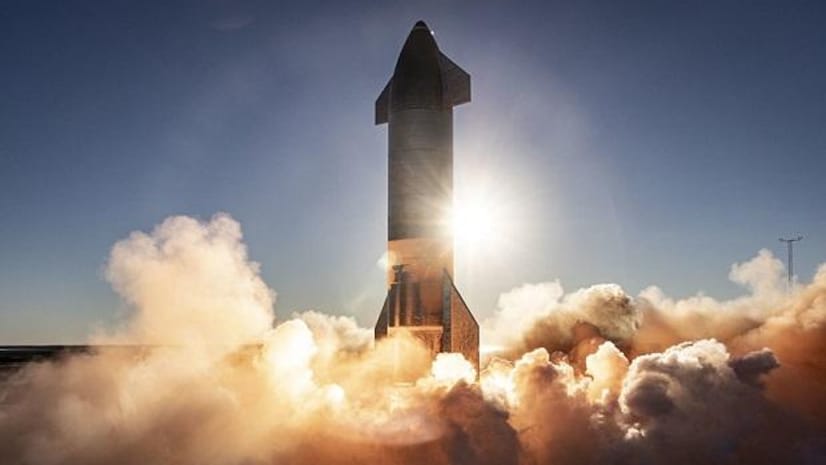Spacex’s first Starship launch fails; must approach ISRO for help

The first Starship launch vehicle failed miserably when the rocket exploded with the super-heavy booster still attached to the Starship spacecraft. Musk’s Company has thus faced a massive blow during its first integrated flight test.
During the launch the vehicle experienced a rapid disintegration and just blew up, indicating some major structural defect. Ground observers saw the rocket flipping uncontrollably multiple times with the super-heavy booster attached and at around T+ 4:01 minutes the vehicle exploded into a spectacular fireball.
This surely means some major flaw somewhere which the engineers were unable to detect during earlier checks.
However, failures of this kind have been quite common during developmental flights across space agencies of USA, Russia, China, Japan and Europe. Only ISRO of India has had near perfect record. Though SpaceX should have been extra careful during first launch especially when such a hi-tech, super-heavy and highly complex launch vehicle is involved.
They were over confident was apparent because SpaceX employees were still cheering loudly (at T+ 4:04 mins) when the rocket exploded. Even right after the commentators were also seen with fake grins to announce the failure of the mission.
They were visibly shocked but didn’t want to show it during the telecast of the mission. Elon Musk was also present at the mission control centre which is called as Star Base by SpaceX at the launch site.
Starship is supposed to be a fully reusable transportation system designed to carry both crew and cargo to Earth orbit. Space X boast of helping humanity return to the Moon and travel to Mars and beyond has certainly received a huge setback. Though they should take some solace from the fact that such failures, actually help by how much we can learn, which will inform and improve the probability of success in the future as SpaceX will surely advance the development of Starship.
To the credit of the SpaceX, it’s team has completed multiple sub-orbital flight tests of Starship’s upper stage from StarBase, successfully demonstrating attempts at controlled flight. These flight tests helped validate the vehicle’s design, proving Starship can fly through the subsonic phase of entry before re-lighting its engines and flipping itself to a vertical configuration for landing.
In addition to the testing of Starship’s upper stage, the team has conducted numerous tests of the Super Heavy rocket, which include the increasingly complex static fires that led to a full-duration 31 Raptor engine test – the largest number of simultaneous rocket engine ignitions in history…… but this has been of no help it seems.
The team has also constructed the world’s tallest rocket launch and catch tower. At 146 meters, or nearly 500 feet tall, the launch and catch tower is designed to support vehicle integration, launch, and catch of the Super Heavy rocket booster.
So in spite of all the above tests etc this failure is quite shocking. Well Elon Musk can always come for help to India. Our own ISRO will surely help him out.




